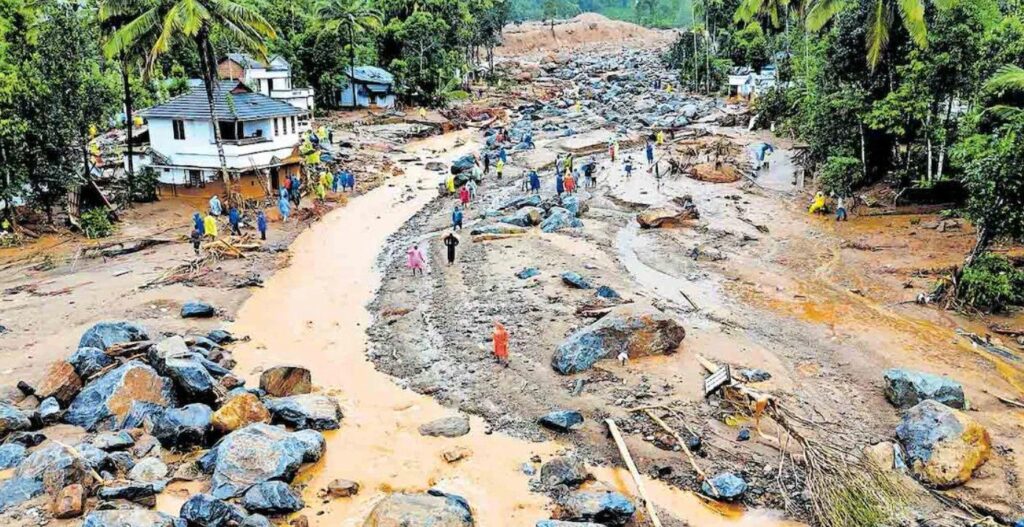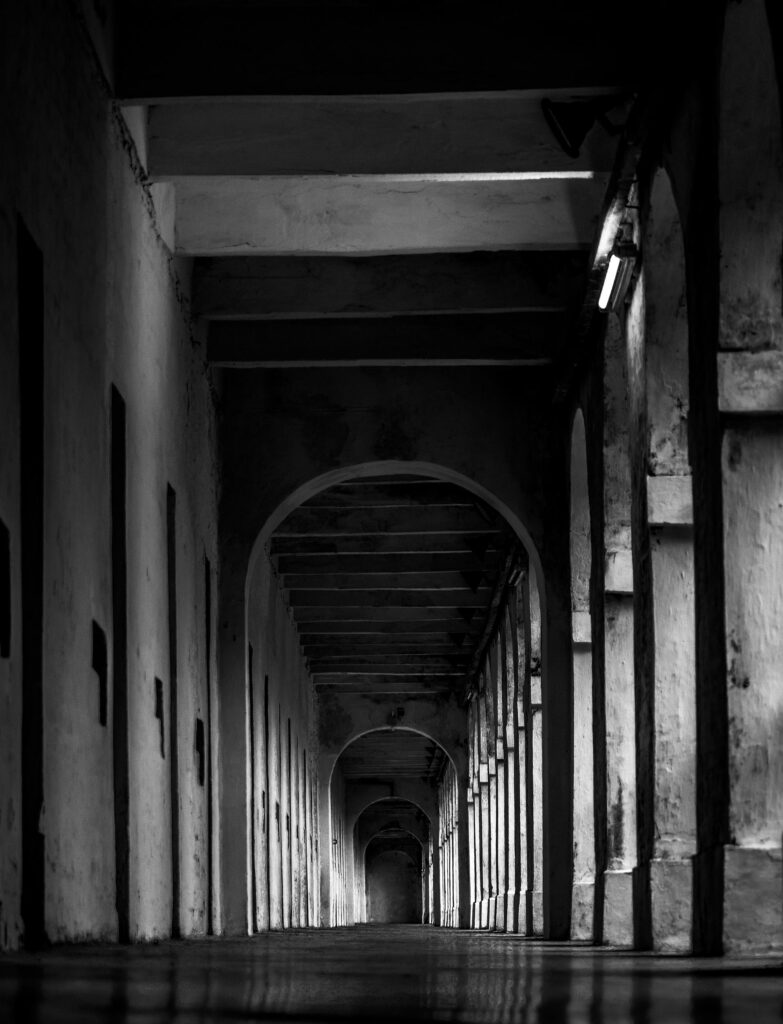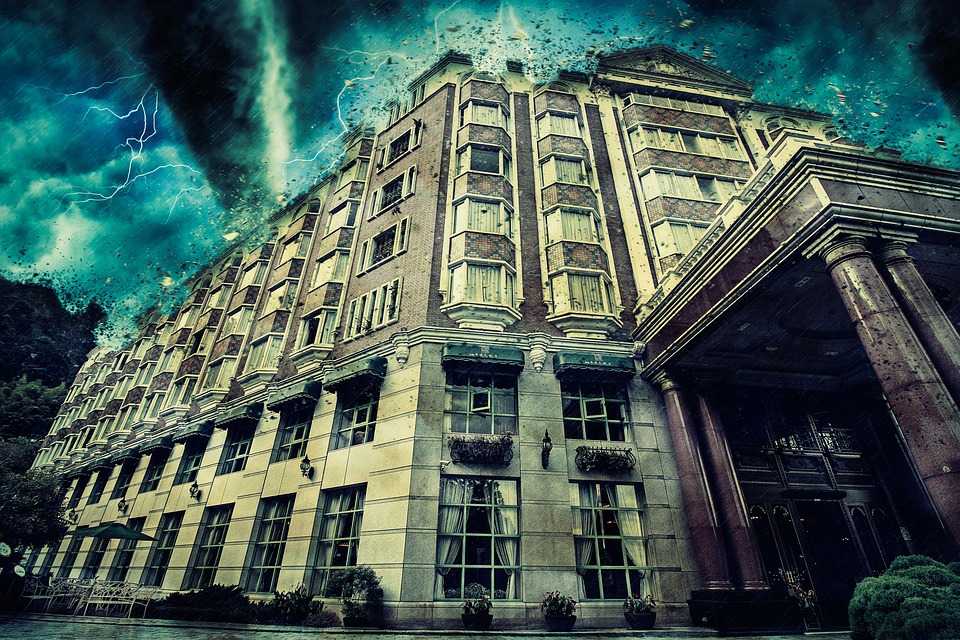
Wayanad, with its lush green landscapes and serene vistas, has long been a sanctuary for nature lovers and adventure seekers alike. The rise of dark tourism : an unsettling trend is emerging in this picturesque district of Kerala. As curious travelers flock to sites associated with tragedy, death, or suffering, Wayanad finds itself grappling with both the allure and consequences of this phenomenon. What does this mean for the local community? How can we strike a balance between exploration and preservation? Join us as we delve deeper into the growing concerns surrounding dark tourism in Wayanad and explore potential pathways to safeguard its beauty for future generations.
Understanding Dark Tourism

Dark tourism refers to travel experiences that involve visiting sites associated with death, disaster, or suffering. This intriguing concept has gained traction in recent years as more people seek out the macabre aspects of history and culture.
At its core, dark tourism invites reflection on human experiences—both tragic and transformative. It encourages visitors to confront uncomfortable truths about past events while acknowledging their impact on society today.
Locations like battlefields, historic prisons, or former concentration camps attract those drawn by curiosity rather than mere shock value. Travelers often seek a deeper understanding of humanity’s darker chapters.
In Wayanad, this trend manifests through visits to places that hold significant historical weight or tales of tragedy. While these journeys can promote awareness and education, they also raise ethical questions about respect for the memories tied to these sites.
The Impact of Dark Tourism on Wayanad
Wayanad, known for its lush landscapes and rich culture, is now grappling with the effects of dark tourism. This phenomenon attracts visitors to sites associated with tragedy and sorrow. While it brings economic benefits, the social implications cannot be overlooked.
Local communities feel a mix of curiosity and discomfort as tourists flock to places steeped in historical trauma. The once-peaceful atmosphere becomes charged with somber reflections on past events.
Moreover, there’s an increase in littering and disrespectful behavior at these sensitive locations. Visitors may not fully grasp their significance or cultural context, leading to potential misunderstandings.
The rise of dark tourism can also overshadow Wayanad’s traditional attractions like wildlife sanctuaries and serene waterfalls. Balancing this new trend with preserving local heritage poses a significant challenge for residents and authorities alike.
Causes of the Rise in Dark Tourism in Wayanad
The rise of dark tourism in Wayanad can be attributed to various factors. First, the region’s historical significance plays a crucial role. Sites linked to local tragedies or events draw visitors seeking a deeper understanding of human experiences.
In addition, social media has amplified awareness. Captivating imagery and stories from these locations spread rapidly online, enticing thrill-seekers and curiosity-driven tourists alike.
Economic factors also contribute. Many travelers are looking for unique experiences that deviate from traditional tourism paths. Dark tourism offers just that—a chance to explore the unconventional while often supporting local businesses in the process.
There’s an increasing interest in cultural narratives surrounding death and suffering. People want to confront uncomfortable histories as part of their travels, making Wayanad an appealing destination for those curious about darker themes intertwined with its rich heritage.
Government and Local Efforts to Tackle Dark Tourism

The rise of dark tourism in Wayanad has caught the attention of both local authorities and community leaders. They recognize the need for action to preserve their heritage while responsibly managing tourist influx.
Local government initiatives are being implemented to promote awareness among visitors. Campaigns educate tourists about respecting cultural sensitivities and historical sites associated with darker events.
Additionally, collaborations with NGOs have been established. These partnerships aim to create guidelines that ensure ethical engagement with sensitive locations. Workshops focusing on responsible travel are also becoming common.
Community involvement is crucial as well. Residents are encouraged to share their stories and perspectives, fostering a deeper understanding of the region’s history among travelers.
Efforts extend beyond regulations; they include promoting alternative attractions that celebrate Wayanad’s natural beauty, rich culture, and vibrant traditions. By guiding tourists toward these experiences, Wayanad aims to shift focus away from its darker narratives while preserving its identity.
Sustainable Tourism Alternatives for Wayanad
Wayanad boasts a rich tapestry of natural beauty and cultural heritage. Embracing sustainable tourism can enhance this charm while preserving its essence.
Eco-friendly accommodations are popping up, offering visitors an immersive experience in nature without sacrificing comfort. These lodges often use renewable energy sources and promote local handicrafts.
Community-based tourism initiatives allow travelers to engage with locals and learn about traditional practices. This not only enriches the tourist experience but also supports local economies.
Nature trails and guided treks encourage outdoor exploration while prioritizing environmental conservation. Tourists can connect with Wayanad’s diverse wildlife, all under the guidance of knowledgeable locals who highlight preservation efforts.
Farm stays provide another unique option, where guests can participate in agricultural activities. This fosters appreciation for local farming traditions and promotes organic practices that benefit both farmers and the environment.
Conclusion: Preserving the Beauty of Wayanad for Future Generations
Wayanad is a treasure trove of natural beauty and cultural heritage. However, the rise of dark tourism poses significant challenges for this enchanting region. The allure of exploring sites associated with tragedy or death can overshadow Wayanad’s rich offerings.
To maintain its charm, it is essential to foster awareness about responsible travel among visitors. Sustainable tourism practices should be encouraged to protect the environment and local communities. Engaging tourists in meaningful experiences will help them appreciate what Wayanad truly represents beyond its darker elements.
The efforts by local authorities and residents are vital in charting a path forward. By prioritizing preservation over exploitation, Wayanad can remain a sanctuary for generations to come. Balancing visitor interests with conservation needs requires collaboration from all stakeholders involved.
As discussions around dark tourism continue, it’s important to remember that every destination has stories worth telling—some more uplifting than others. Ensuring that Wayanad thrives while respecting its past will make all the difference for future explorers seeking both adventure and enlightenment. Read more about dark tourism here.
Visit QAWire for more travel news.


